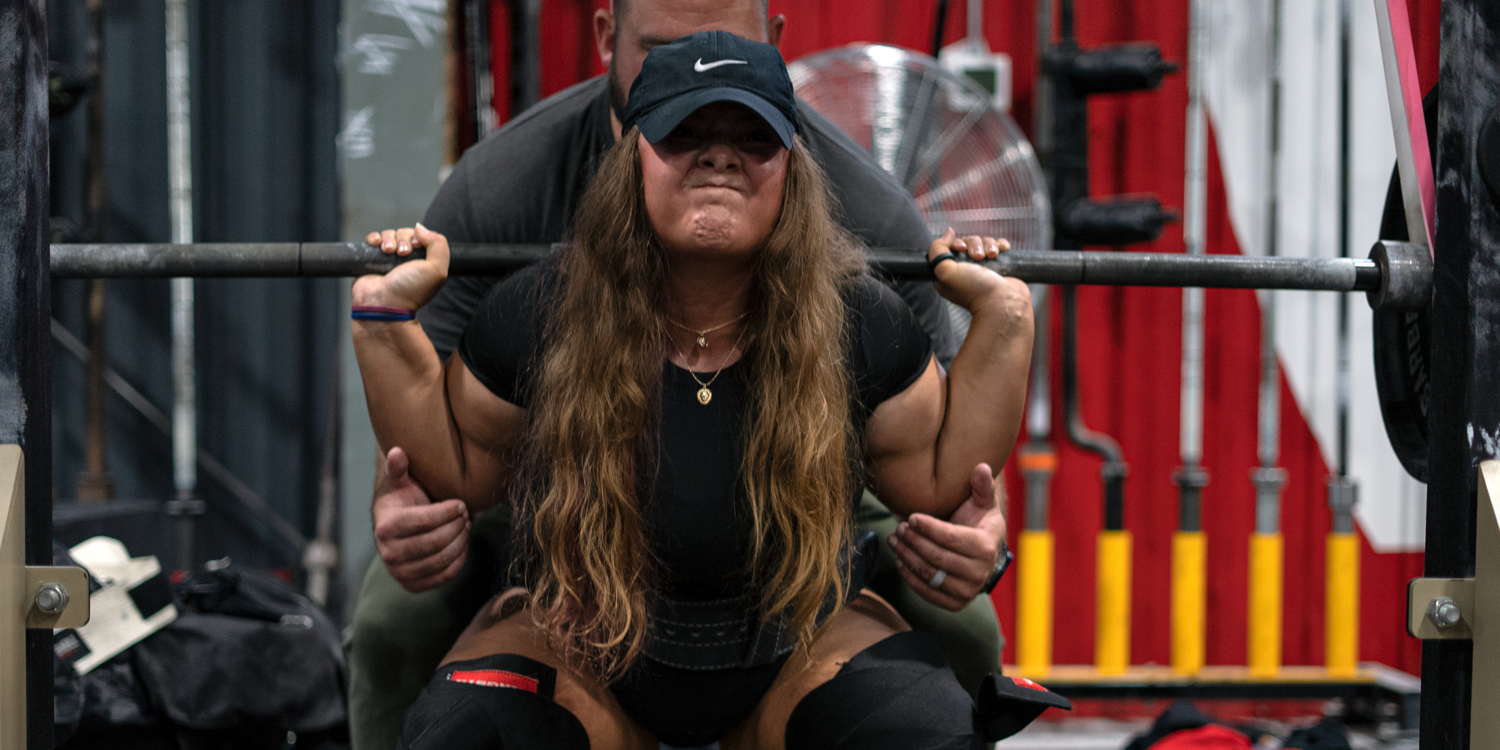
Are you one of the guys that have been thought to pause squat deep down in the hole? The reason is to be strong as hell, press your legs down, and explode through the movement up to the top for three white flags in the competition. Your legs are in the biomechanically most challenging position when you’re at the deepest point in your squat. If you fail when you're closest to the floor, you didn’t choose your increase of weights wisely. Most people fail on their way up, not at the bottom. In this article, I’ll share one of the biggest Russian secrets for a bigger squat—pause squats above the knees!
What Boris Sheiko Told Me About Squats
I was that guy I described in the beginning of the article. I thought that pauses deep down in the hole was the best way to increase my squat. Then I met Boris Sheiko. He told me that he often lets his athletes perform a pause right after they break parallel. This was big news to me at the time. He asked, "Where do most athletes fail in their squat?" Well, to be honest, most athletes fail after they break parallel on their way up. How can it be like that? If the most challenging biomechanical point is when your legs are stretched the most, why wouldn’t that point be the hardest to break free from?
RELATED: The Beauty of Quiet Technique
Well, if you only look at your legs biomechanically, it would be hard to understand. But if you look at the whole movement in the squat, it's easier to see. I would say that right after you break parallel, you will be at a biomechanical breaking point where the hip is taking over. This is the most challenging point for the muscles that are holding your hip and pushing it forward. Abdominal pressure is key.
Pause Squats Above or Below the Knees
In this kind of pause squat, we don’t train regular isometrics as we would have done in the lowest position of the squat. Now, we train something that we can see as a quasi-isometric—the function between two biomechanical movements.
From Wikipedia:
In mathematics, a quasi-isometry is a function between two metric spaces that respects large-scale geometry of these spaces and ignores their small-scale details...
Pause squats, from a deeper position, can still be used if you need to train deep. Some people tend to squat too high and need to get used to find the position for competition. Some people with great mobility sometimes squat deeper than they need to get an approved lift with three white flags. In that case, pause squats below parallel are useful. Otherwise, it is mostly (not always) a waste of time.
If you still think you'll hit bigger weights if you get a stronger start from your ‘ass to the grass’ point and the reason you fail over parallel is that you had too poor movement from the start, I will tell you this...
Finding Your Real Sticking Point in the Squat
Your sticking point is always where you fail (or very close). Yes, you can work through a sticking point with greater force from earlier movement, but if you have enough force to break through a sticking point, you are compensating for weakness. We should strive after getting stronger and get rid of weaknesses—not learn to compensate for them. I think about it like the gears in a car.
Assume that you have five gears in your car. If number three isn’t working, should we learn to drive faster on gear two so we can shift to gear four and ignore what is not working? Or should we fix the third gear and drive solid and firm? Sure, both methods would work, more or less, but one of the methods won't work forever.
I know some will say squatting from the bottom is still a great exercise to build pure strength and I can admit that to a certain point. But in my opinion, it is better to do an Anderson squat from pins in the rack instead, so you really start from a dead point where you have stretched your legs the most. You should not do that too often though since you would need much more time to recover from that exercise compared to a regular squat.
Key Takeaways
- Get a bigger squat!
- Train more effectively.
- Learn the difference between squat variations.
- Find your real sticking points.
Stefan Waltersson is a professional strength coach certified by Westside Barbell, lecturer, physiotherapist, author, personal trainer, kinesiologist, sports massage therapist, nurse assistant, and founder of Seminoff Sport & Rehab in 2004. Stefan has previously worked in neurology (Sahlgrenska University Hospital) and with researching doctors in microbiology and clinical chemistry.











Just one detail I'd like to have your opinion on... do you suggest pausing on the way down before hitting parallel or you hit parallel and then pause on the way up ?
Thanks !